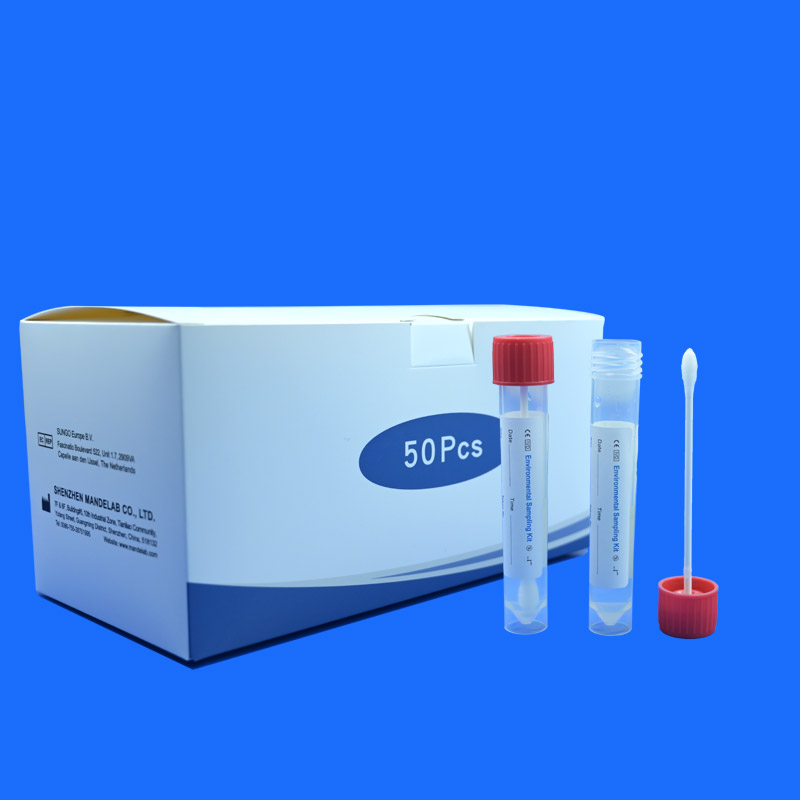Multiple applications of foam swabs in environmental monitoring
In the stage of environmental monitoring, various tools and technologies play an indispensable role. Among them, foam swabs have become an important player in this field due to its unique physical properties and efficient sampling capabilities. This article will delve into the application of foam swabs in environmental monitoring, including water quality testing, surface sampling, as well as biological research and chemical analysis.
1. Features of Foam SwabsFoam swabs are made of porous medical-grade foam material and have the characteristics of softness and elasticity. Its porous structure allows the foam swab to efficiently absorb and release liquids, enabling full contact and adsorption of the test substance during the sampling process, thereby improving sampling efficiency and accuracy.
2. Application of Foam Swabs in Environmental Monitoring
1) Water Quality Testing: The foam swab can quickly absorb microorganisms and organic matter in the water, making it an important tool for assessing the water quality and the degree of pollution. Its use greatly simplifies the sampling process and improves the efficiency of collecting water samples.
2) Surface Sampling: In environmental microbiological testing, the foam swab can be used for surface sampling and smearing to help assess the cleanliness of the environment and the degree of microbial contamination. This sampling method is suitable for monitoring the cleanliness of various surfaces, such as work surfaces, equipment surfaces, or other frequently touched areas.
3) Biological Research: In biological experiments, the foam swab can be used to collect cell cultures. Its high absorption ability ensures the integrity and viability of the cells, which is an important advantage for laboratory research.
4) Chemical Analysis: In chemical analysis, the foam swab can be used to absorb and transfer liquid samples. Its uniform release characteristics ensure the accuracy of experiments, which is crucial for the accuracy of analytical results.

3. Advantages of Disposable Sampling Swabs
The corrosion resistance and wear resistance of disposable sampling swabs make them suitable for use in various environmental conditions, increasing the flexibility and applicability of sampling. In addition, the disposable design concept also avoids cross-contamination between samples, ensuring the reliability of experimental results.
Foam swabs play an important role in the field of environmental monitoring with their efficient sampling capability and wide applicability. They not only improve sampling efficiency but also ensure the quality of samples and the accuracy of experiments. With the continuous advancement of environmental monitoring technology, the application of foam swabs may further expand, making greater contributions to environmental protection and sustainable development.
With the development of technology and society's attention to environmental monitoring, the design and application of foam swabs will continue to be optimized. Future research may explore more types of materials and structures to improve the sampling efficiency and specificity of swabs. At the same time, as research on environmental microbiology deepens, foam swabs may be combined with advanced technologies such as high-throughput sequencing to provide comprehensive data support for environmental monitoring. The future of foam swabs is full of infinite possibilities, and they will continue to play an important role in the stage of environmental monitoring.

